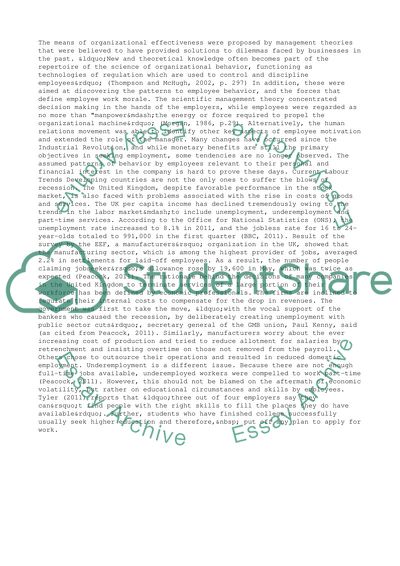Cite this document
(“Organizational Effectiveness Amid the Labour Crisis Essay”, n.d.)
Organizational Effectiveness Amid the Labour Crisis Essay. Retrieved from https://studentshare.org/business/1434579-critically-discuss-the-notion-that-neither-f-w
Organizational Effectiveness Amid the Labour Crisis Essay. Retrieved from https://studentshare.org/business/1434579-critically-discuss-the-notion-that-neither-f-w
(Organizational Effectiveness Amid the Labour Crisis Essay)
Organizational Effectiveness Amid the Labour Crisis Essay. https://studentshare.org/business/1434579-critically-discuss-the-notion-that-neither-f-w.
Organizational Effectiveness Amid the Labour Crisis Essay. https://studentshare.org/business/1434579-critically-discuss-the-notion-that-neither-f-w.
“Organizational Effectiveness Amid the Labour Crisis Essay”, n.d. https://studentshare.org/business/1434579-critically-discuss-the-notion-that-neither-f-w.


